Our Annual Publication
SNAPSHOTS 2025
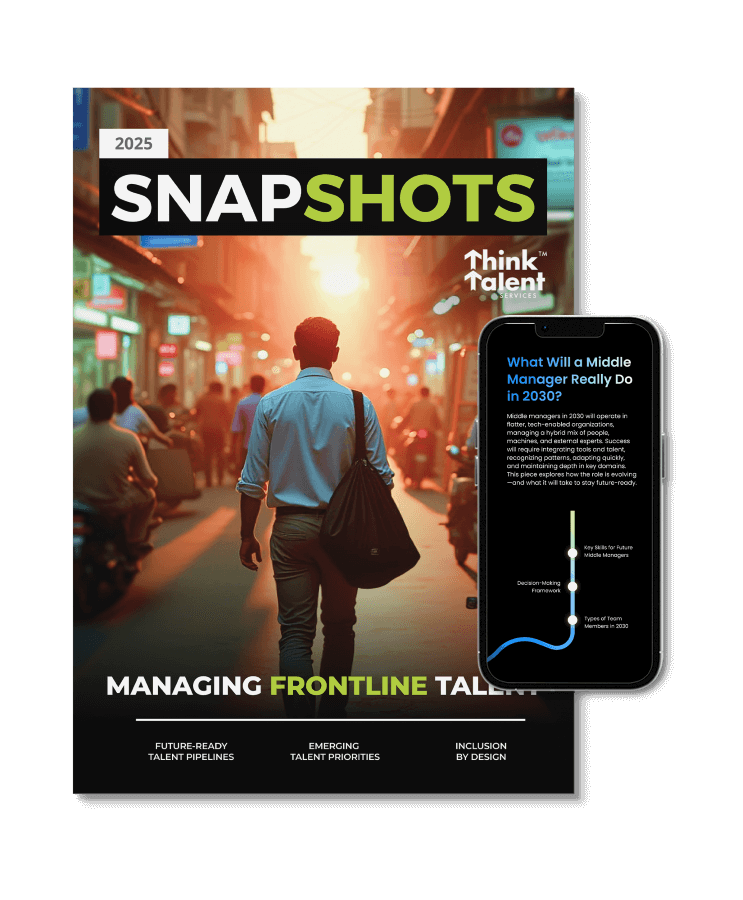
This edition of Snapshots explores three pressing talent themes that have emerged from deep conversations with our clients over the past year: Future-Ready Talent Pipelines, Emerging Talent Priorities, and Inclusion by Design. Each theme reflects the real-world challenges and shifts organizations are grappling with—from leadership continuity and evolving talent needs to the intentional shaping of more inclusive workplaces.
Grounded in the principles of wabi-sabi and the belief that lasting change comes from within, this edition invites leaders to reflect, renew, and act.

Click to Jump Sections >
Theme 01

Top 3 Takeaways for Leaders
Developing robust talent pipelines has become a key priority for companies, with increasing involvement from boards, regulators, and leadership teams.
Organizations are taking a more structured, transparent, and data-driven approach to promotion and talent review processes.
In defining talent and competency frameworks, organizations are looking ahead—anticipating broader trends and shifts in the market.
Succession planning is no longer just an HR function—it has become a critical board-level agenda. With rising regulatory scrutiny, shifting business models, and global talent competition, senior leadership and boards are increasingly driving these efforts. This article explores the key factors influencing this shift and highlights the growing urgency to build a future-ready leadership pipeline.
Succession planning has traditionally focused on identifying a few star performers and grooming them for leadership roles. However, this one-to-one successor model often results in fragile, narrow talent pools that cannot withstand the pace of business change and increasing talent mobility. Recognizing this limitation, many organizations are now adopting a more resilient and scalable approach—building broader talent clusters that ensure a continuous flow of capable leaders across all levels.
at a Leading Power & Infra Company
As the company expanded its workforce from 7,000 to over 25,000 employees, traditional talent identification methods became unsustainable. To address this, the organization redesigned its approach—liberalizing eligibility criteria, digitizing administration, and focusing on development. As a result, the program evolved from a niche initiative into an enterprise-wide talent engine, with a 10x increase in coverage and significantly improved employee feedback.
at a Leading Private Bank
A leading private bank embraced the philosophy that “everyone is talent” and introduced a virtual competency assessment for all first-level managers and managers of managers. This initiative provided every participant with feedback and individual development plans while creating a detailed, data-driven competency profile for the organization. This approach democratized talent management, enabling more rigorous and inclusive succession planning processes.
Middle managers in 2030 will operate in flatter, tech-enabled organizations, managing a hybrid mix of people, machines, and external experts. Success will require integrating tools and talent, recognizing patterns, adapting quickly, and maintaining depth in key domains. This article explores how the role is evolving—and what it will take to stay future-ready.


Promotion assessments are evolving from a basic yes/no decision to a more holistic, future-ready approach. Organizations are adopting talent profiles that capture strengths, development needs, and aspirations — while also moving beyond manager feedback to include immersive tools like role plays and case studies. The focus is no longer just selection, but also targeted development.
Theme 02
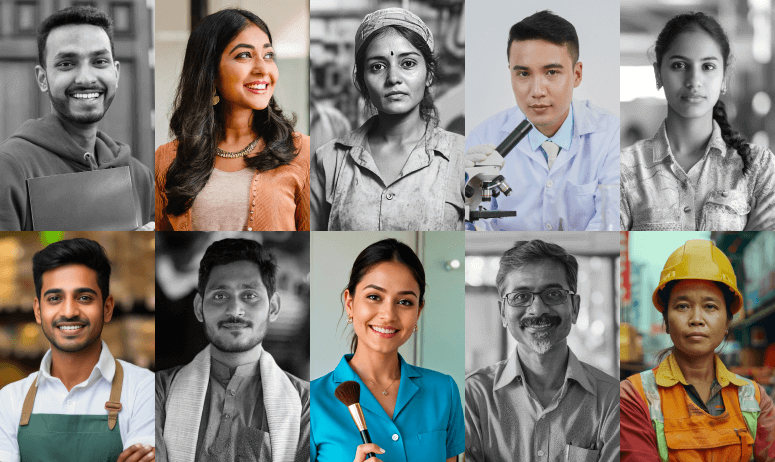
Top 3 Takeaways for Leaders
With greater automation, skill requirements in manufacturing have increased. However, talent supply and retention remain a challenge. In response, organizations are ramping up investment to engage and retain manufacturing talent.
Organizations are reorganizing and reskilling sales teams with new capabilities to better leverage automation and respond to evolving market dynamics.
Companies are boosting managerial capability by scaling learning initiatives and strengthening selection and promotion processes for frontline leaders.
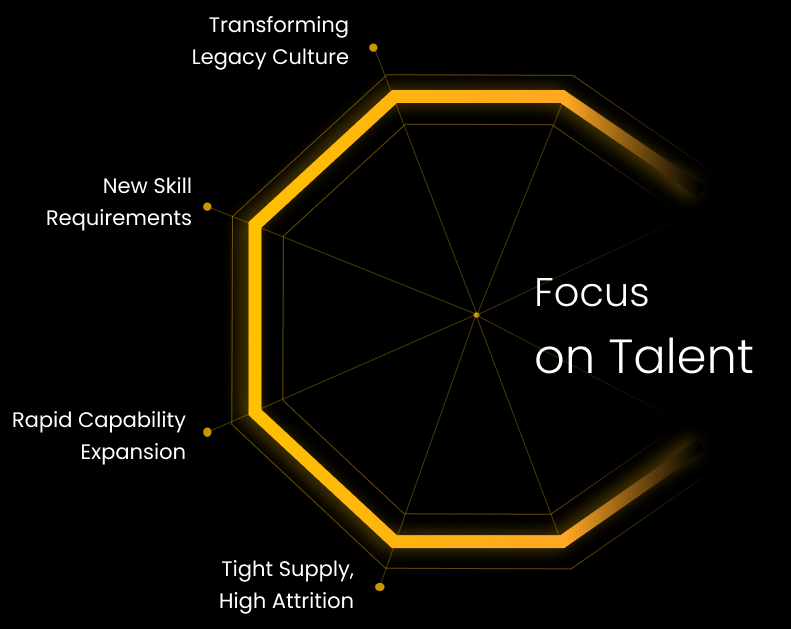
As capital becomes easier to access, talent has emerged as the new growth bottleneck in manufacturing. Organizations are now prioritizing structured assessments, large-scale upskilling, and stronger feedback cultures to build capability and retain talent. Read more to find out how leading firms are reimagining people practices to power the next wave of manufacturing growth.
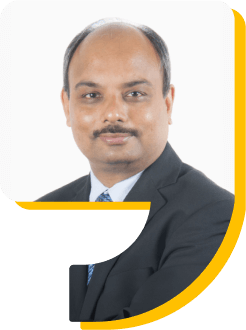
First-line managers play a critical role in driving agility, execution, and engagement—yet many fall short on core competencies. This article highlights capability gaps across innovation, planning, and people management, and showcases how leading organizations are reimagining promotion, development, and feedback to strengthen performance on the ground.

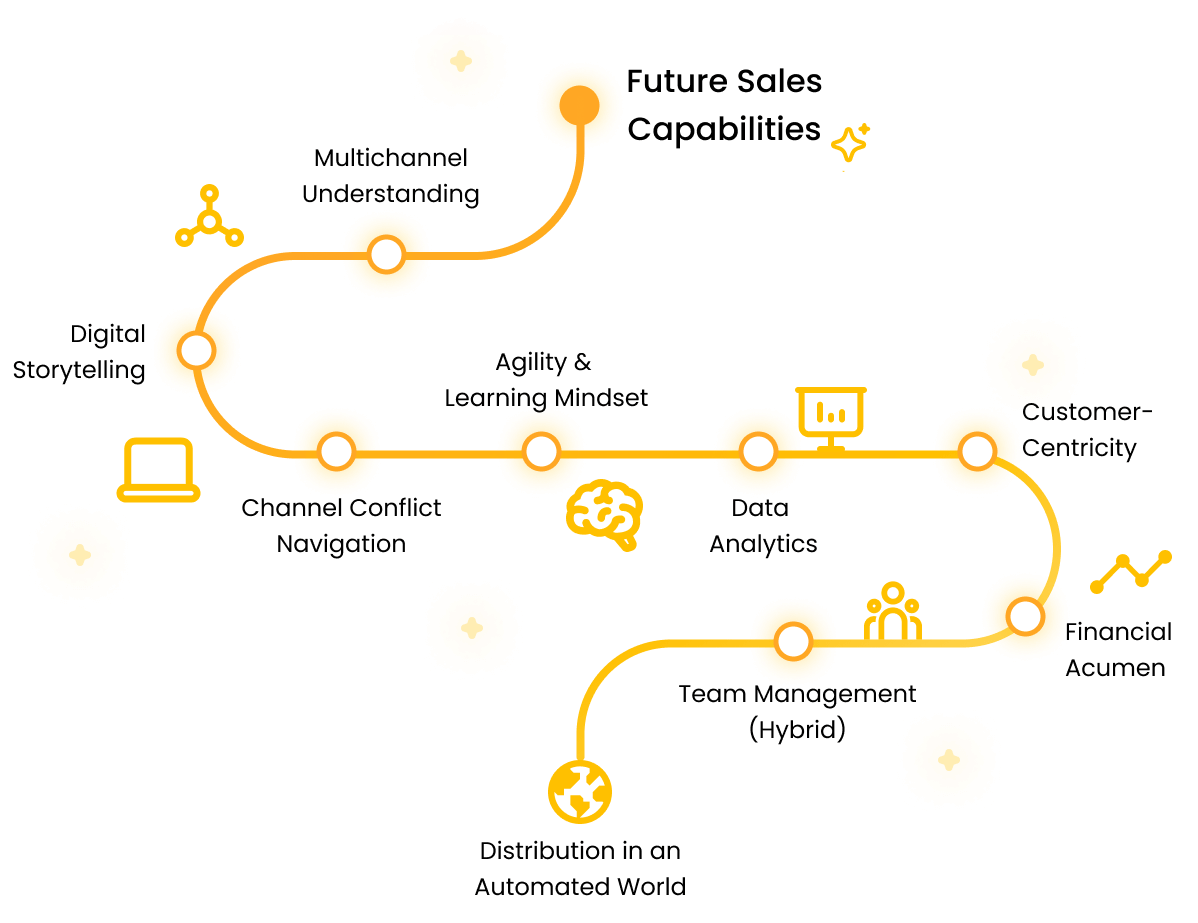
Theme 03
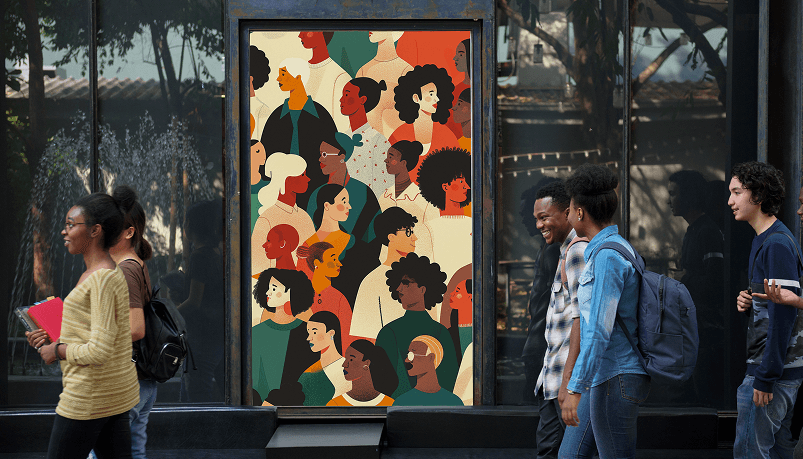
Top 3 Takeaways for Leaders
Traditionally held assumptions—such as frontline employees being less educated or less digitally savvy—may no longer apply. Proactively recalibrating these personas can unlock significant value.
Programs designed for a corporate audience often miss the mark with frontline teams. Language, context, and delivery methods must be tailored for better engagement and effectiveness.
Scaling up for the frontline isn’t just about content or platforms—it’s about building trust, emotional connection, and long-term credibility with employees on the ground.

82%
Preferred Local Language
93%
Completion via Mobile
50+
Contextualized Designs in 2024


Disclaimer: All quotes mentioned on this page have undergone editing for conciseness, with a focus on retaining the contributor’s intended message and context.

Snapshots 2025
Download the PDF & get comprehensive insights on managing frontline talent.

info@thinktalentindia.com
+91-9910955257
+91-8828158509